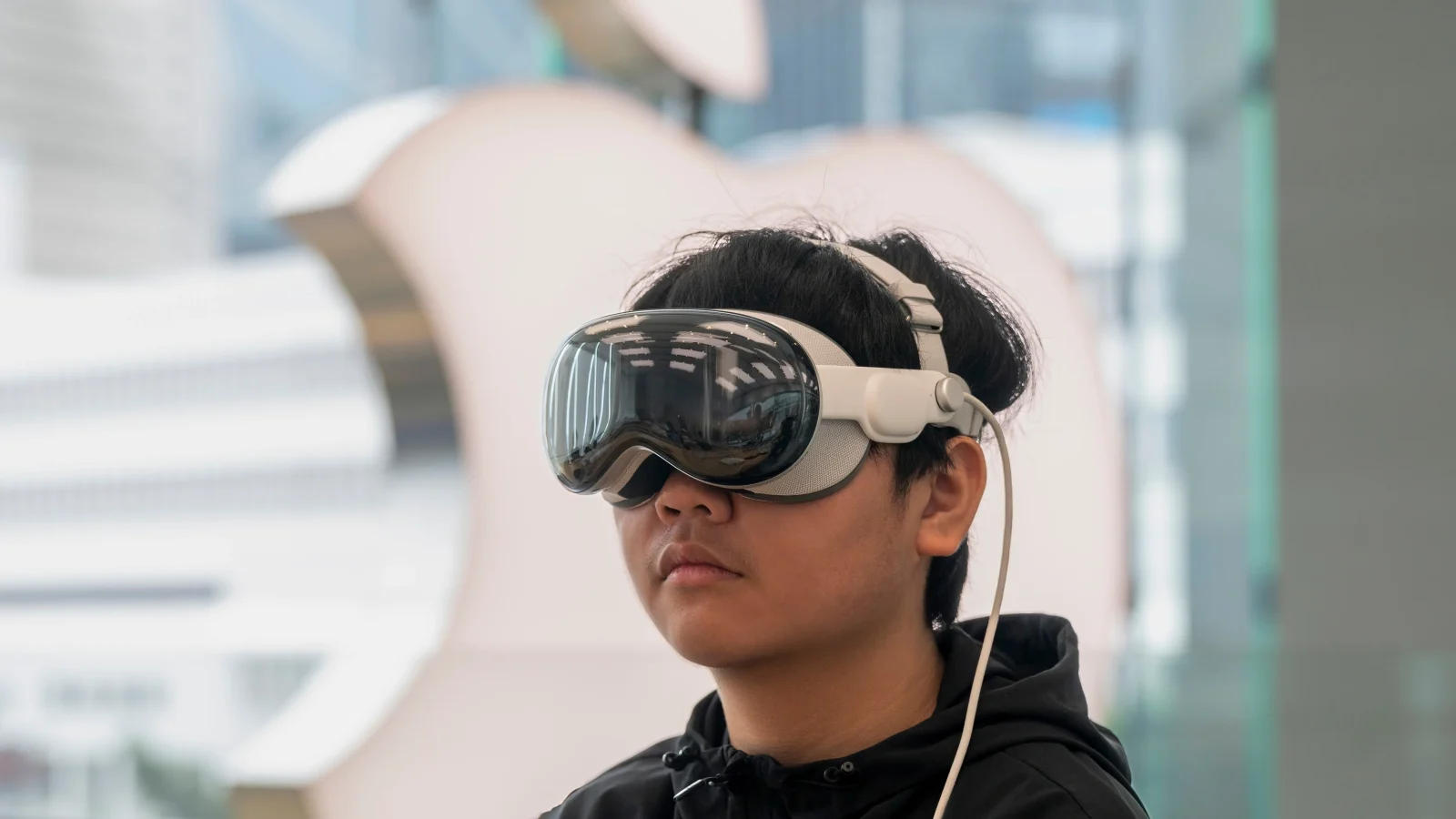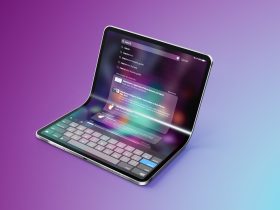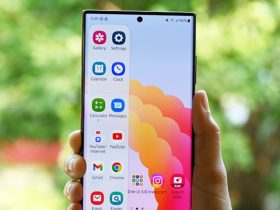Apple is actively developing a more affordable spatial computing headset, known as the “Apple Vision,” which is expected to retail for around $2,000. This new device aims to serve as a lower-cost alternative to the recently launched Apple Vision Pro, which carries a price tag of $3,500.
According to Bloomberg’s Mark Gurman, Apple anticipates that the Apple Vision will sell at least twice as many units as the Vision Pro, although the actual sales figures for the Vision Pro may be limited, with estimates suggesting it might not reach 500,000 units this year, as noted by market tracker IDC.
To achieve this more accessible price point, Apple plans to utilize a less powerful processor and cheaper materials for the Apple Vision. Unlike the premium aluminum and glass used in the Vision Pro, the new model may incorporate more economical materials.
Additionally, the Apple Vision is expected to forgo certain non-essential features, including the EyeSight display that allows external observers to see the user’s eyes. There may also be adjustments in display technology, with speculation that the Apple Vision will feature larger, lower-resolution displays compared to its more expensive counterpart.

The Vision Products Group at Apple is prioritizing the development of this budget-friendly model, recognizing that the Vision Pro’s high price and some ergonomic challenges have restricted its market appeal.
The team is focused on creating a headset that can attract a broader consumer base while still delivering a compelling spatial computing experience. This strategy reflects Apple’s commitment to expanding its presence in the burgeoning market for augmented and virtual reality technologies.
In addition to the Apple Vision, Gurman’s report indicates that Apple is also planning to release a second-generation Vision Pro in 2026. This updated version will mainly feature a faster processor, with few other significant hardware changes anticipated.
The company is simultaneously exploring a project involving smart glasses, suggesting a diversified approach to its spatial computing strategy beyond the existing headset models.
Overall, Apple’s efforts to introduce a more affordable headset signal its intention to broaden its reach in the spatial computing market. By developing the Apple Vision and investing in future iterations of the Vision Pro, as well as exploring smart glasses, Apple aims to strengthen its competitive position in an ever-evolving technological environment.







Leave a Reply